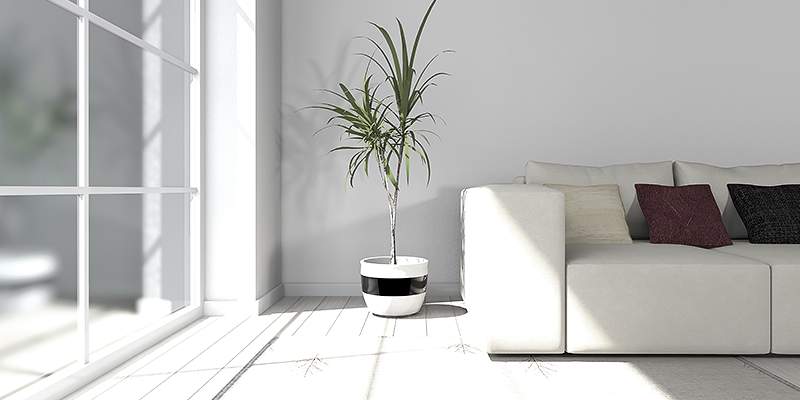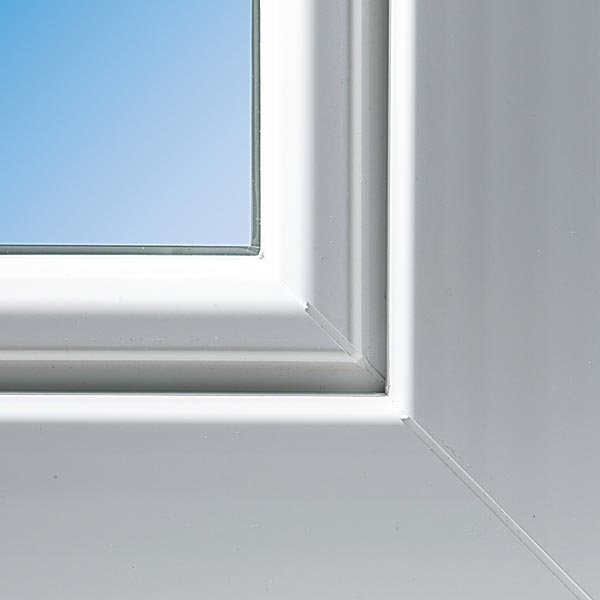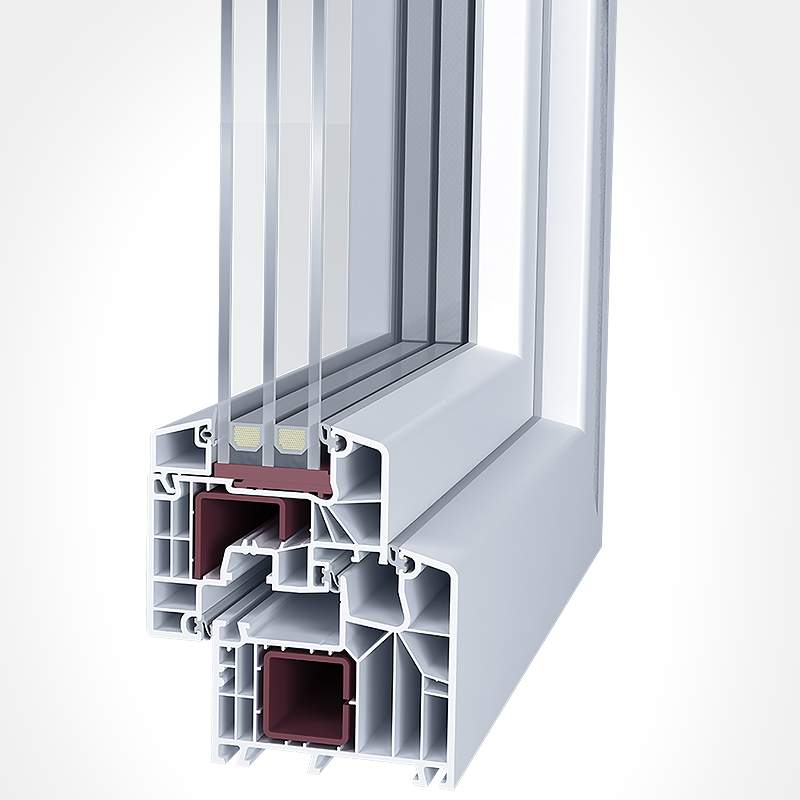Buying Aluplast Windows
High-quality, Versatile Profiles for almost any Project
Aluminium or uPVC components are available in many different variations. When comparing them with wooden components, these windows prove to be particularly robust and easy to clean while requiring only low maintenance. They may be distinguished in terms of thermal insulation, sound absorption, burglary protection and their respective material. Additionally, it is possible to combine various optional features with the different window versions. Below, you will find some of the unique reasons for installing aluplast windows.
Saving Energy with Aluplast Multi-Chamber-Systems
Are your windows saving or costing you money? This factor is often of significant importance when investing in aluminium or uPVC windows. In times of fluctuating and increasing energy costs, it has become almost a necessity to choose energy efficient windows. Insulate yourself from higher prices with top quality aluplast windows.
This can be verified and measured using the U-value – also known as heat transmittance coefficient – measuring the movement of energy through a single element of a building such as a window or door. It provides detailed information about thermal insulation properties of windows including subcomponents like the frame and glass.
Since German-produced windows must comply with German energy savings regulations (EnEV), all aluplast components feature U-values lower than the mandated maximum of 1.3 W/(m2K). In fact, aluplast systems offer thermal insulation values between 0.75 W/(m2K) and 0.6 W/(m2K). Modern uPVC profiles with up to six chambers help to achieve best thermal attributes.
Aluplast windows are known for providing excellent insulation at affordable prices. The uPVC profiles made by the company combine energy efficiency with the high quality standards of aluminium components, available in the following models:
- IDEAL 5000S
- IDEAL 8000S
- Energeto 5000ED
- Energeto 8000ED
Multiple aluplast profiles are suitable for passive houses, as certain models easily surpass the 0.8 W/(m2K) requirement of the passive house standard.




